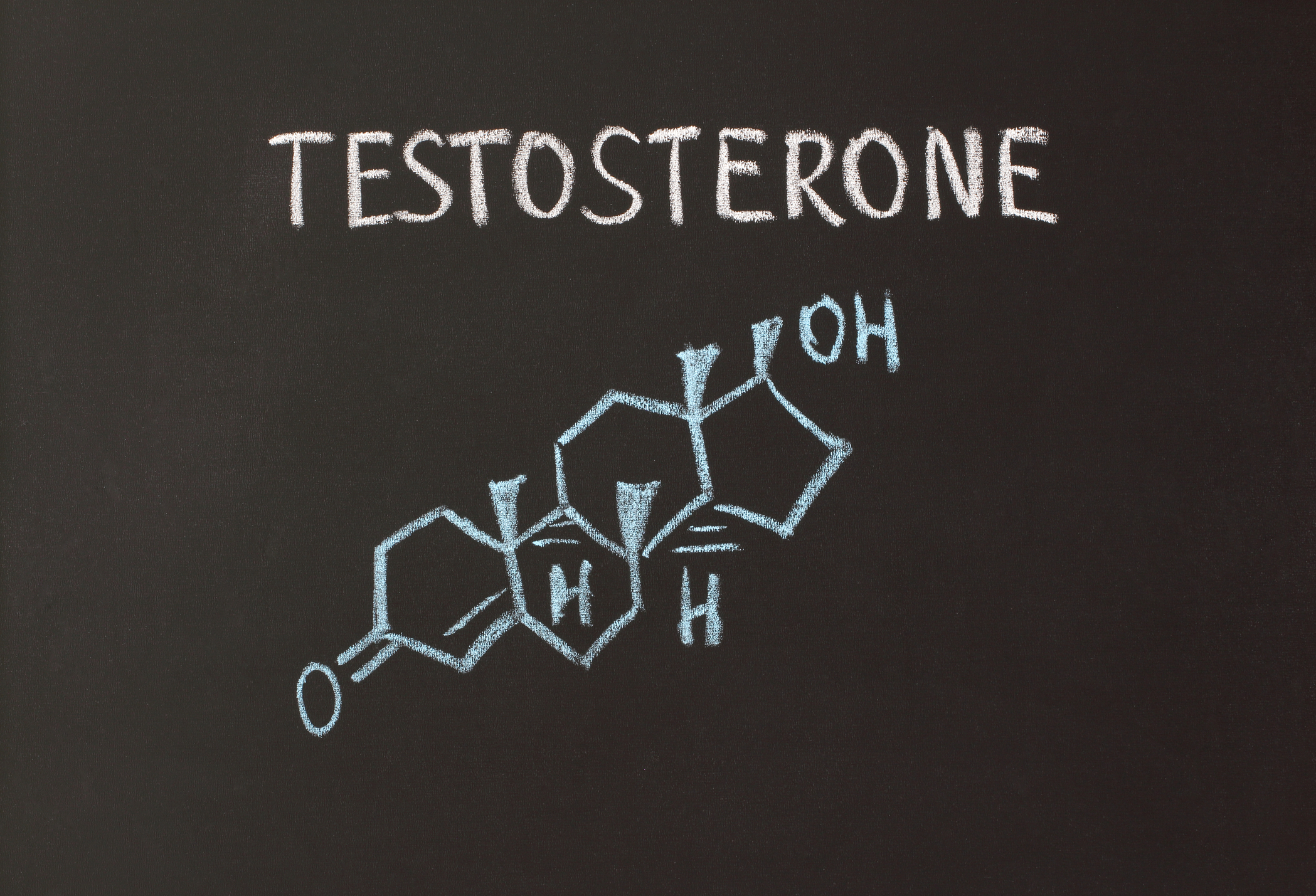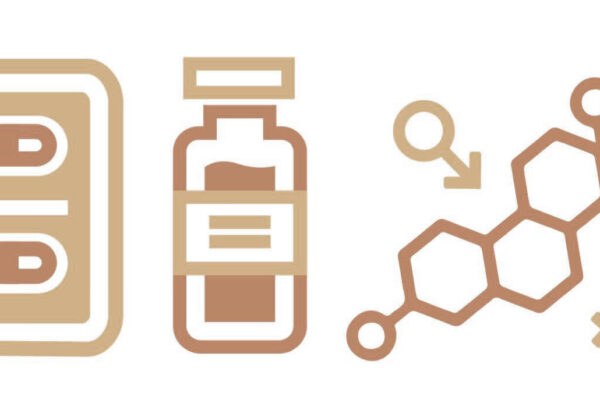Though best known as the male sex hormone, testosterone actually functions in both healthy men and women. Testosterone is derived from cholesterol, produced in our sexual organs and acts to retain protein and grow muscle mass.
At puberty, both sexes experience a spike in testosterone, and men continue to produce higher levels of testosterone throughout their lives. Higher testosterone levels in men facilitate their ability to “bulk up” more easily than women.
The age and rate at which testosterone levels decline depends largely on genetics. Typically, levels start to decline during their late 20s and early 30s. Around the age of 40, the effects of declining testosterone levels start to noticeably present itself in the body. Low levels can, however, be caused by environmental factors such as exposure to chemicals, synthetic testosterone use and chronic or acute stress.
When testosterone levels fall below their optimal levels, a range of symptoms – from decreased libido to weight gain to memory loss – can start to impact a person’s life. These symptoms are often misdiagnosed, or dismissed as part of the “normal” aging process.
What Does It Feel Like to Have Low Testosterone?
Low testosterone can present in many ways. Generally people experience multiple symptoms, although one may stick out more than the rest. Symptoms of low testosterone include:
- Decreased libido
- Inadequate erections
- Sleep disturbance
- Short-term memory loss
- Forgetfulness
- Loss of focus
- Loss of motivation
- Decline in muscle mass
- Inefficient workouts and recovery
- Increased weight, especially around the midsection
- Low energy
- Irritability
- Moodiness
In addition to these symptoms, low testosterone puts men at increased risk for diabetes, high blood pressure and high cholesterol.
Generally, having too much testosterone only occurs when a person is self-administering supplemental testosterone. When testosterone levels do get too high, however, they might cause:
- Increased hair growth
- Acne
- Oily Skin
- Irritability
- Injury to the joints
Low Testosterone is Commonly Misdiagnosed
If a man goes to the doctor with decreased libido, trouble sleeping, loss of focus and motivation, and irritability, the chances are that he will be written a prescription for an anti-depressant. Low testosterone is very commonly mistaken for clinical depression, leading to a medication band-aid that does nothing to treat the root cause.
Because low testosterone can cause headaches, another common misdiagnosis is migraine. Again, medication or lifestyle changes may be recommended that do nothing to actually treat the cause.
Normal Aging Isn’t Normal – And There is Something You Can Do About It
The number one misdiagnosis of low testosterone is “normal aging.” Truth be told, our biologically normal aging process is to get to the age when our hormones decline and then die. Thanks to advancements in science, we now enjoy longer lives. We have practically doubled our lifespan. Often times, people resign themselves to “the normal aging process” without realizing that it really isn’t natural.
Through technological advancements we extended our lives, and through the same technological advancements we have an answer to declining hormones. Bio-identical hormone replacement therapy restores testosterone to its optimal levels. That means the levels you were at when you were in your 20s. Boosting testosterone levels back into their optimal range means that men can maintain their vitality, weight, sexual drive and overall vigor as they get older while preventing diabetes and heart disease.





